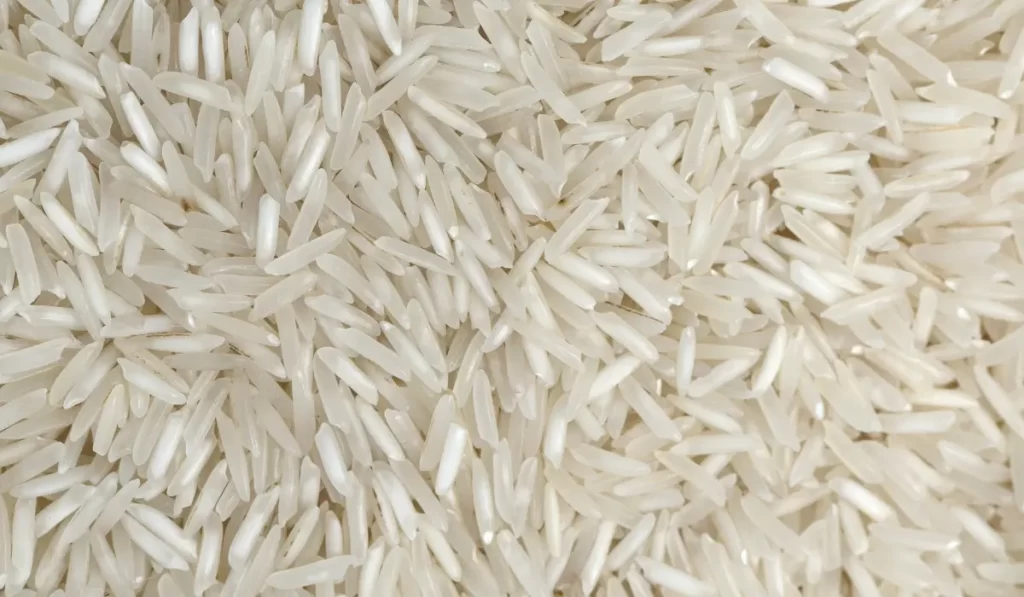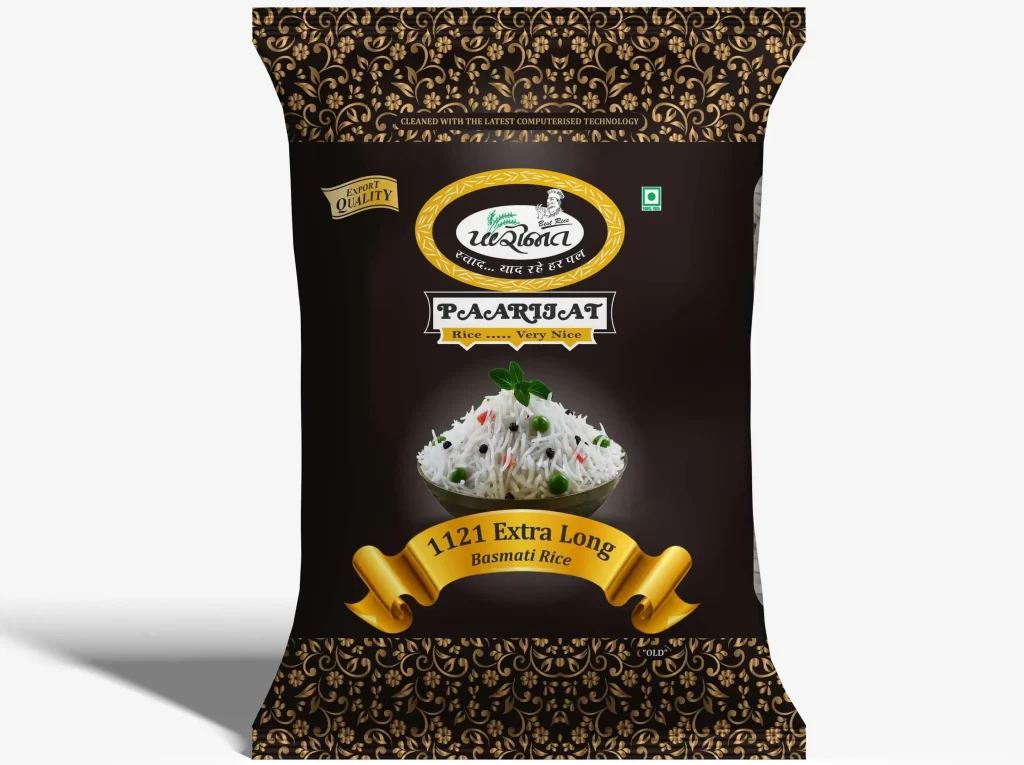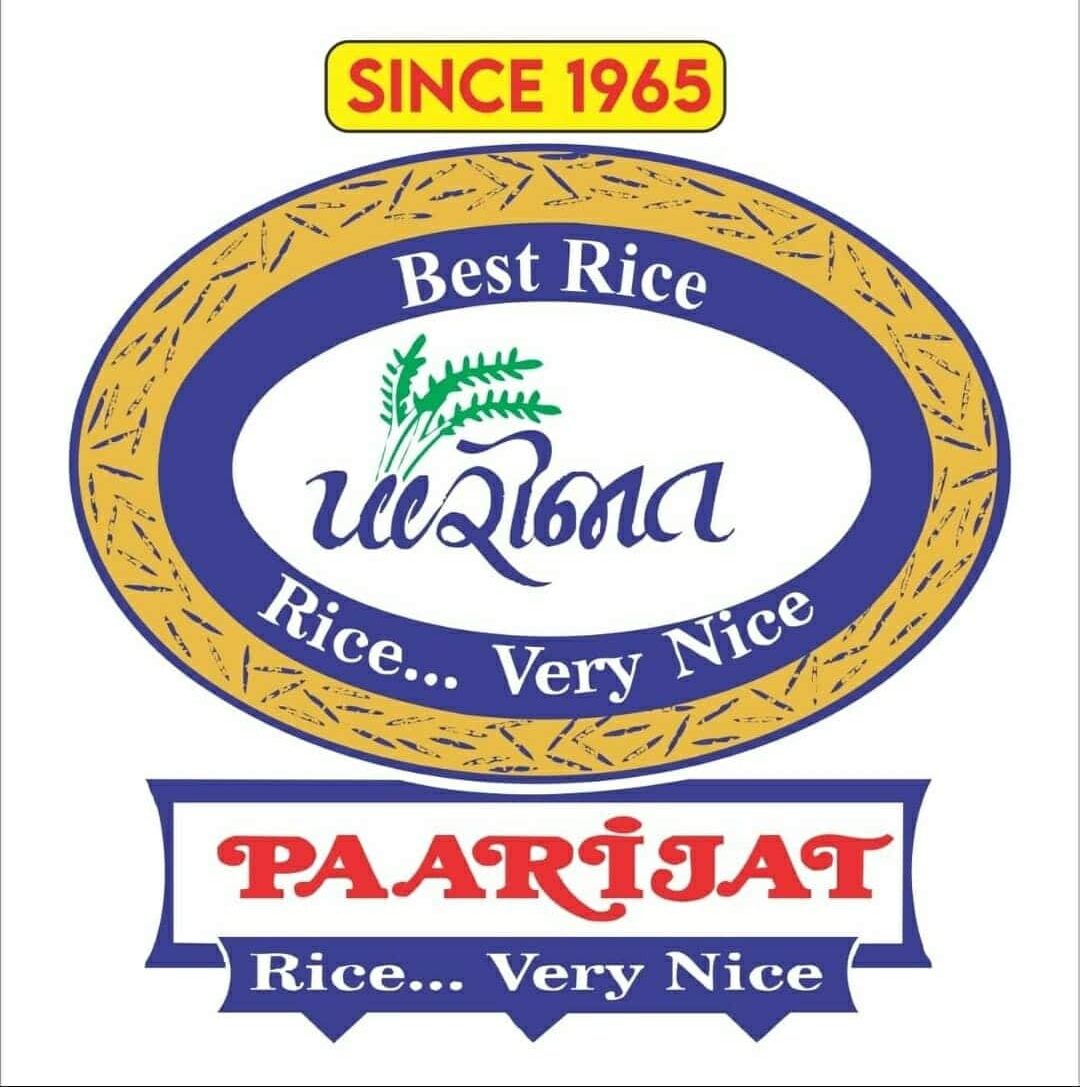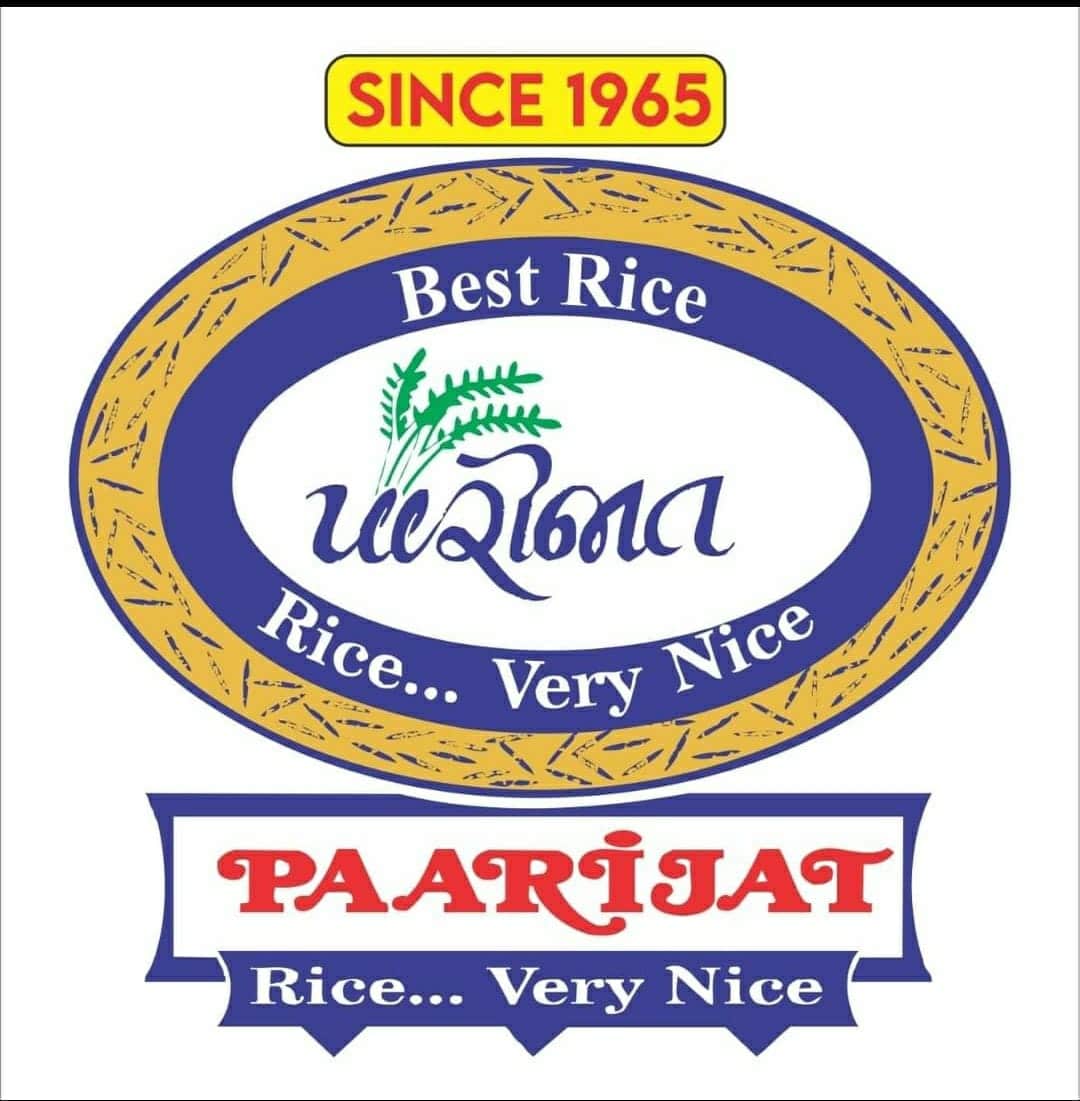Difference Between Basmati and Non-Basmati Rice: Best 6 Key Features, Uses & Benefits
Introduction
In this blog we will discuss the key difference between Basmati and non-Basmati rice, their benefits and how you can choose the best option for your needs. Rice is one of the most popular staple foods enjoyed by millions of people around the world. Whether it is an aromatic plate of biryani or a plate of dal chawal, rice is an essential part of our diet. But when it comes to rice, two major categories emerge: Basmati rice and non-Basmati rice. Both types of rice are famous for their quality, taste, and use. But if you are confused about the difference between the two or which rice will be best for you, then this article will clear all your doubts.
What is Basmati Rice?
Basmati rice is a premium grade long grain and slender rice that is famous worldwide for its aroma and taste. Originating from the Himalayan region of India and Pakistan, this rice has been an important part of South Asian cuisine for centuries. There are many varieties of Basmati rice available in the market, such as 1121 Basmati, Pusa Basmati and Traditional Basmati. This rice is not only known for its taste but also for its health benefits, as it has a very low glycemic index, which is beneficial for diabetic patients.
Basmati rice is ideal for making dishes like biryani, pulao, and fried rice, as it enhances the texture and taste of the dish.

What is Non-Basmati Rice?
Non-Basmati rice is a wide category of rice that is consumed in every corner of the world. This category also includes short-grain, medium-grain and round-grain rice. Non-Basmati rice grains vary widely in shape and size – some rice grains are short and plump, while others are round and flat. The rice has a neutral flavor, making it versatile for all kinds of dishes. Popular non-Basmati rice varieties include Sona Masuri, Kolam, Ponni, IR64 and Matta rice. This rice is affordable and easily available, making it a perfect choice for everyday meals.
Non-Basmati rice is mostly used to make steamed rice, risotto, sushi, idli, dosa batter, and desserts like kheer and payasam. This rice is used in traditional and modern cusine.

Key Difference Between Basmati and Non-Basmati Rice
There are significant difference between basmati and non-basmati rice that make them unique. Below is a breakdown of the major differences:
- Grain size and shape
- Basmati rice: The grains are long, slender, and thin. The grains elongate further after cooking.
- Non-Basmati rice: The grains in this category vary significantly in size and shape – short, round, or even plump grains.
- Aroma and flavor
- Basmati rice: It is characterized by its aromatic fragrance and unique nutty flavor, which enhances the taste of every dish.
- Non-Basmati rice: Its flavor is quite neutral, making it perfect for daily use dishes.
- Cooking texture
- Basmati rice: The grains are fluffy and separate after cooking, which is ideal for dishes like biryani and pulao.
- Non-Basmati Rice: It has a hard texture and is useful for stews, kheer, or idli-dosa batter.
- Nutritional Value
- Basmati Rice: It is a good option for diabetic patients due to its low glycemic index.
- Non-Basmati Rice: It provides high carbohydrates and is used for energy-rich food.
- Price and Availability
- Basmati Rice: It is more expensive due to its premium quality and is grown in limited areas.
- Non-Basmati Rice: Economical and easily available, hence preferred for daily use.
- Recipe Uses
- Basmati Rice: Mostly used in biryani, pulao, and premium dishes.
- Non-Basmati Rice: Suitable for making steamed rice, idli, dosa, risotto, and desserts.

Nutritional Comparison
When it comes to the nutritional value of basmati and non-basmati rice, both have their own benefits. Below is a simple comparison that will help you understand the health aspects of both:
- Calories
- Basmati rice: Has low to moderate calorie content, which is a better option for weight-conscious people.
- Non-basmati rice: Due to its high-calorie content, it is preferred for energy-rich meals.
- Carbohydrates
- Basmati rice: Provides complex carbs, which are helpful for slow energy release.
- Non-basmati rice: High in simple carbs, which gives a quick energy boost but can increase sugar levels quickly.
- Fiber
- Basmati rice: Brown basmati rice has a high fiber content, which is useful for digestion and weight management.
- Non-basmati rice: Generally low in fiber, but brown non-basmati rice has a good amount of fiber.
- Glycemic Index (GI)
- Basmati rice: Safe for diabetics as it has a low GI and helps maintain sugar levels.
- Non-Basmati rice: Not ideal for diabetics as it has a high GI.
- Protein
- Basmati rice: Has medium protein content, which is good for a balanced diet.
- Non-Basmati rice: Has similar protein levels, but may vary depending on the variety.
- Minerals and vitamins
- Basmati rice: Provides vitamin B complex along with minerals like magnesium and potassium.
- Non-Basmati rice: Provides basic nutrients, but enriched versions contain extra vitamins.

Uses and Applications
Basmati and non-basmati rice are used in a variety of dishes and cuisines, which is possible due to their unique characteristics. Below is a breakdown of the popular uses of both types of rice:
- Uses of Basmati Rice
- Biryani and Pulao: Basmati rice’s long grain and aromatic flavor make it the best choice for premium dishes.
- Fried Rice: With a fluffy and distinct texture, Basmati rice is ideal for making fritters.
- International Dishes: It is used in Pilaf, Mediterranean rice dishes, and exotic recipes.
- Festive Meals: Rice is mostly used for weddings and special occasions.
- Uses of Non-Basmati Rice
- Steamed Rice: Perfect to serve with daily meals like dal-chawal or sabzi.
- South Indian Dishes: Idli, dosa, and uttapam batters are commonly used.
- Desserts: Suitable for making desserts like kheer, payasam, and rice pudding.
- Regional dishes: Non-basmati varieties are preferred for risotto, sushi, and sticky rice dishes.
- Commercial Applications
- Basmati rice: High in demand in the export market, and used in premium restaurants.
- Non-basmati rice: Preferred for bulk cooking, catering services, and affordable meals.
Pricing and Availability
Basmati and non-basmati rice vary widely in price and availability. Both these factors depend on the quality, variety and production region of the rice. Below is a detailed comparison:
Basmati Rice
Price:
Basmati rice is a premium grade of rice, so it usually costs more than non-basmati rice. High-quality varieties like 1121 Basmati and Traditional Basmati are quite expensive, costing ₹150-₹300 per kg or even more.
Availability:
Basmati rice is grown in limited areas, such as the Himalayan foothills of India and Pakistan. So it is easily available in export markets and urban areas. Availability in rural areas may be limited.
Non-Basmati Rice
Price:
Non-basmati rice has a wide price range and is more affordable. Popular varieties like Sona Masuri and Kolam are available in the range of ₹30-₹80 per kg.
Availability:
Non-Basmati rice is produced in every region of India, so it is easily available in local markets, grocery stores and rural areas.
Why Choose Basmati Rice?
Basmati rice is considered a premium choice due to its unique qualities. If you don’t want to compromise on quality and taste, then basmati rice is a great option. Here are some reasons that justify this choice:
Aromatic Taste:
The natural aroma and flavor of basmati rice take the dish to the next level. It is ideal for every special occasion and premium dish.
Long Grain Texture:
After cooking, the grains of basmati rice becomes fluffy and separate, providing the perfect texture for dishes like biryani, pulao and fried rice.
Low Glycemic Index:
Basmati rice has a low glycemic index, which is beneficial for diabetics and keeps their sugar levels under control.
Health Benefits:
This rice has high nutritional value, such as complex carbs, essential minerals, and low-fat content, which is perfect for a healthy diet.
Versatility:
The use of Basmati rice is not limited to Indian dishes only. It is also used in international dishes like pilaf, risotto, and Mediterranean recipes.
Reputation and Quality:
If you want premium rice for a special meal or guests, the luxurious feel and taste of Basmati rice will impress everyone.


Conclusion
Both Basmati and non-Basmati rice are special in their own way, but if you want the perfect combination of quality, taste and health, Basmati rice is the best option. Its aroma, long-grain texture, and health benefits make it a premium rice. If you are making a special dish like biryani or pulao, or want to make your daily meals a little better, Basmati rice is a great option. But if you want budget-friendly and versatile rice that is perfect for daily meals, non-Basmati rice is also a great option.
So, choose rice as per your taste, budget and cooking needs and enjoy your meal to the fullest.

